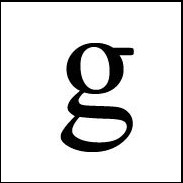A diagram is an illustration that describes or explains. It is not simply a picture, but it carries instructions or conveys information about something. It is commonly used in science and mathematics. In British English, diagram may also mean a railway schedule.
There are three adjective forms: diagrammable, diagrammatic, and diagrammatical. The middle form is the most common. Also, the adverb is diagrammatically.
It can also be a verb. To diagram something is to teach a concept by drawing it out in a diagram. The past and progressive tenses may be spelled with one or two ems (diagrammed, diagramed, diagramming, or diagraming). The preferred spelling inside the United States is with two ems.
A sentence may also be diagrammed, which is a way of labeling the parts of speech. Usually this is done as a classroom assignment to teach grammar.
Examples
On Friday, the virtuoso Cuban percussionist Pedrito Martínez held court in a sweaty classroom, below a diagram of Bach’s chorales, pounding out polyrhythms and inspiring a singalong. [The New York Times]
Their results are summarised in the two diagrams above, which show connection trends averaged from the sum of participants’ brains. [Economist]
Elon coach Matt Matheny said he diagramed the final play with ball-screening action for Hamilton, the point guard, and pin-down screening action to free up Samson moving out toward the top of the key. [The Times News]
To use another sports analogy, this was like Peyton Manning diagramming plays for a roomful of armchair quarterbacks. [Chron]
I recently found a diagrammatic representation in a paper entitled the Nation Brand Molecule which illustrates exactly how complex this concept is. [Business Report]
Unfixed in orientation, diagrammatically the building is structured like a pine tree, with volumes stemming outwards from a central “trunk.” [Arch Daily]
